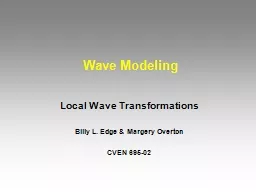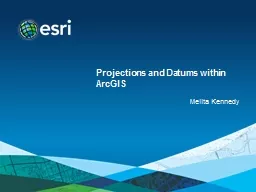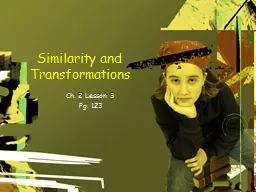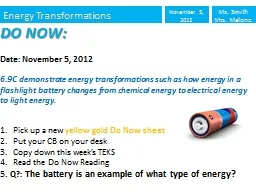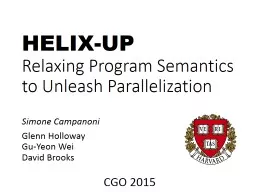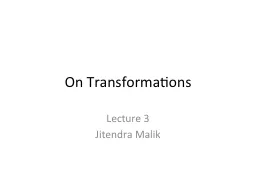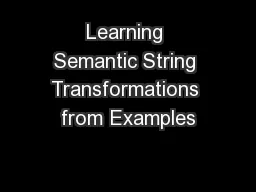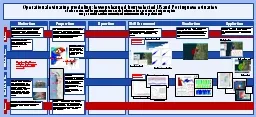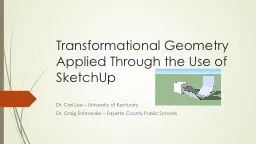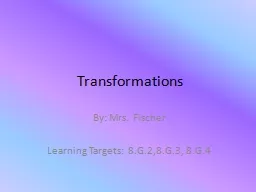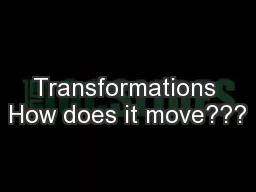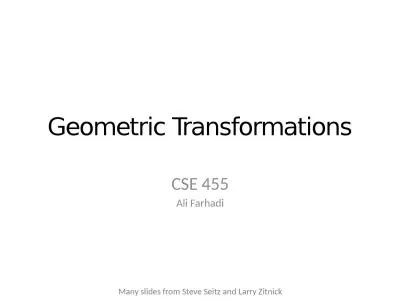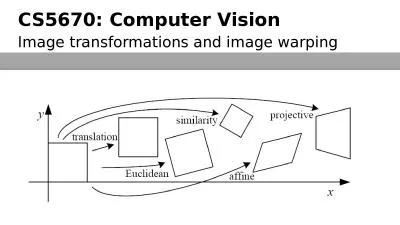PPT-Wave Modeling Local Wave Transformations
Author : pamella-moone | Published Date : 2018-11-04
Billy L Edge amp Margery Overton CVEN 69502 Bathymetric Data Why do we need wave models Wave climate assessment at the project site is important to most coastal
Presentation Embed Code
Download Presentation
Download Presentation The PPT/PDF document "Wave Modeling Local Wave Transformations" is the property of its rightful owner. Permission is granted to download and print the materials on this website for personal, non-commercial use only, and to display it on your personal computer provided you do not modify the materials and that you retain all copyright notices contained in the materials. By downloading content from our website, you accept the terms of this agreement.
Wave Modeling Local Wave Transformations: Transcript
Download Rules Of Document
"Wave Modeling Local Wave Transformations"The content belongs to its owner. You may download and print it for personal use, without modification, and keep all copyright notices. By downloading, you agree to these terms.
Related Documents

